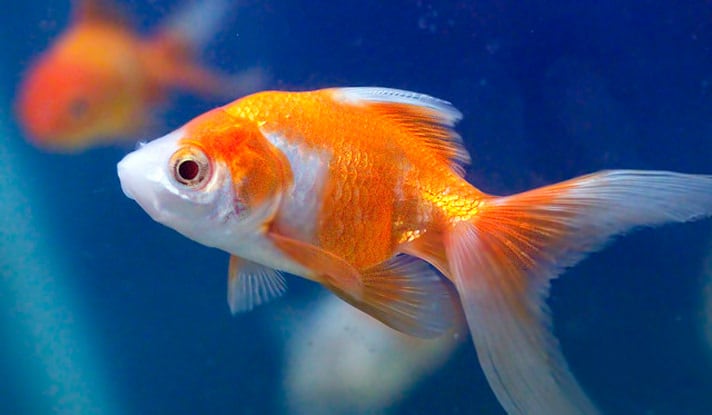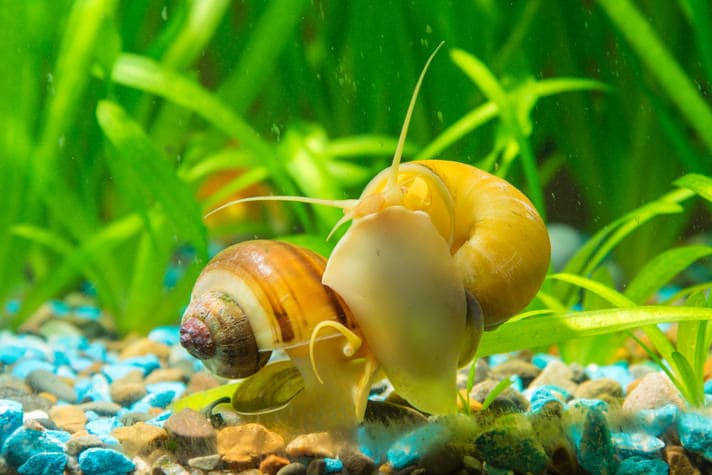Q.
I have a 5-year-old fantail goldfish that has what appears to be a tumor growing behind its operculum. The tumor has been enlarging for about the last year to its present size of 1 centimeter (a little more than 3/8 inch). The fish seems healthy except for a chronic buoyancy problem — it floats every day after eating fish food. This has also been going on for a year. Are tumors in goldfish common and are they usually malignant when they grow like this?
A.
The writer included some snapshots of the poor fish. It does indeed appear to have a tumor-like growth behind the left operculum. The reason I say “tumor-like” is because it is not possible to determine precisely the characteristics of the growth without a physical examination.
Some growths are indeed cancerous, whereas others are benign. They may be caused by viral infections, exposure to toxic chemicals or be the result of genetic defects. In general, true tumors are uncommon in fish and thus are of special interest to ecologists, who can use them as indicators of water pollution and environmental degradation.
It is quite possible that the fish’s buoyancy problem is related to the growth. Fish are almost neutrally buoyant, so even a small shift in its density — such as ingesting air, irregular retention of fish food or an unusual physiological change — can lead to sinking or floating. It may be that the growth lowers the oranda fish’s density just enough to make it unstable when it eats.
Of course, it is also true that this problem of floating develops in many fancy goldfish over time anyway. This is because the peculiar shape of many breeds of goldfish places the swim bladder in a particularly poor location from the perspective of stable buoyancy. As a result, the fish becomes unstable in the water. It is the price we pay for fooling with Mother Nature.
Sometimes, a superficial skin tumor can be removed surgically. Some intrepid koi keepers have even successfully removed internal tumors. But for every success there are undoubtedly hundreds of failures. And most of the opercula-related growths I have seen (and later performed necropsies on) have originated deep within the animal.
The bottom line is that there is really nothing you can do for this fish — no matter what the actual origin of the growth is. You will have to decide when the animal is suffering and needs to be humanely euthanized.
Posted By: Chewy Editorial
Featured Image: Via C Watts/Flickr
Share:









